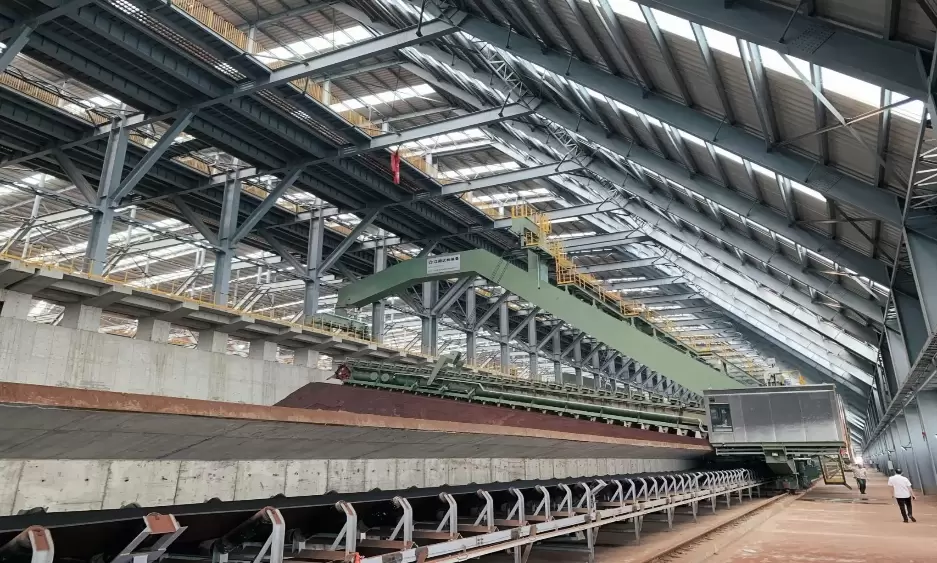The Evolution of Printing Technologies: Unveiling the Tools Behind Book Production
In the digital age, where e-books and online reading platforms dominate, it is easy to overlook the intricate process of printing books. However, the art of book printing has a rich history and has evolved significantly over time. In this blog post, we will delve into the tools and technologies used to print books, exploring the journey from traditional methods to modern advancements.
- The Gutenberg Press: Revolutionizing Book Printing
The invention of the Gutenberg press in the 15th century marked a turning point in the history of book production. Johannes Gutenberg's movable type printing press enabled the mass production of books, replacing laborious handwritten manuscripts. This groundbreaking innovation laid the foundation for the printing industry as we know it today. - Offset Printing: Precision and Efficiency
Offset printing, introduced in the late 19th century, revolutionized the printing industry once again. This technique involves transferring ink from a metal plate to a rubber blanket before applying it to the paper. Offset printing offers high-quality, consistent results, making it the preferred method for large-scale book production. Its ability to reproduce intricate details and vibrant colors has made it a staple in the publishing world. - Digital Printing: The Rise of On-Demand Publishing
With the advent of digital technology, the printing industry underwent yet another transformation. Digital printing allows for shorter print runs, making on-demand publishing a viable option. This method eliminates the need for costly setup processes, enabling publishers to print books as needed, reducing waste and inventory costs. Moreover, digital printing offers flexibility in customization, allowing authors to experiment with different formats and designs. - Print-on-Demand Services: Empowering Self-Publishing
Print-on-demand (POD) services have democratized the publishing industry, empowering authors to self-publish their works. These services enable authors to upload their manuscripts online, and books are printed and shipped only when orders are placed. POD services eliminate the need for upfront investments in large print runs, making publishing more accessible and cost-effective for aspiring writers. - 3D Printing: A Glimpse into the Future
While still in its infancy in the book printing industry, 3D printing holds immense potential. Imagine a future where books can be printed in three dimensions, allowing readers to experience tactile elements and interactive features. Although this technology is not yet widely adopted for book production, ongoing research and development hint at a future where 3D-printed books may become a reality.
Conclusion:
The tools used to print books have come a long way since the invention of the Gutenberg press. From the precision of offset printing to the convenience of digital printing and the possibilities offered by 3D printing, the evolution of printing technologies has transformed the way books are produced and consumed. As we embrace the digital age, it is essential to appreciate the craftsmanship and innovation that go into creating the physical books we cherish.

